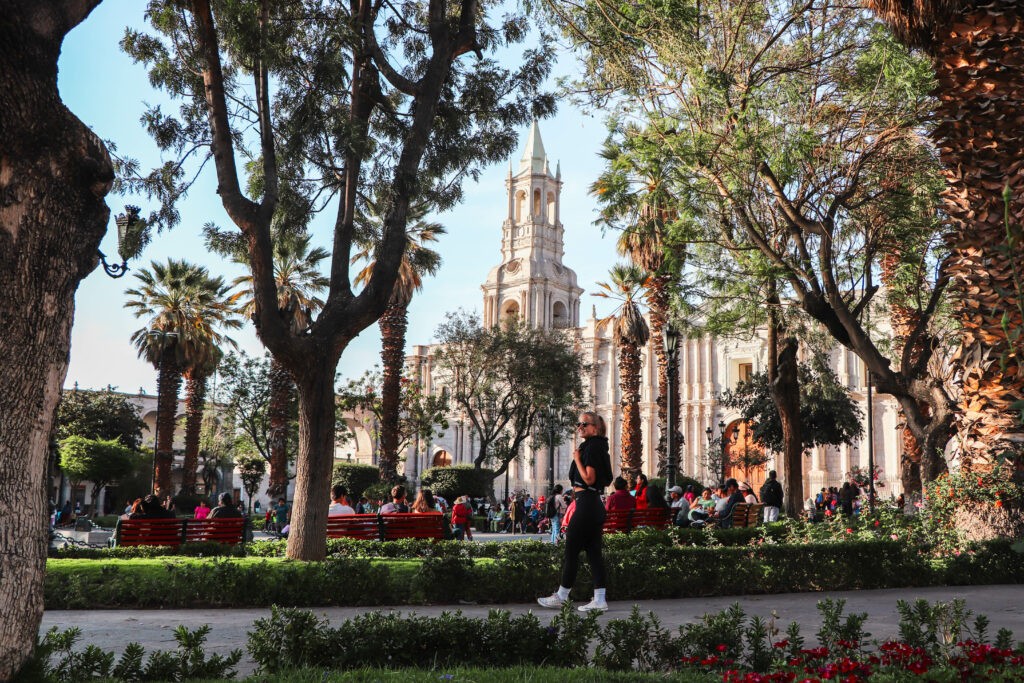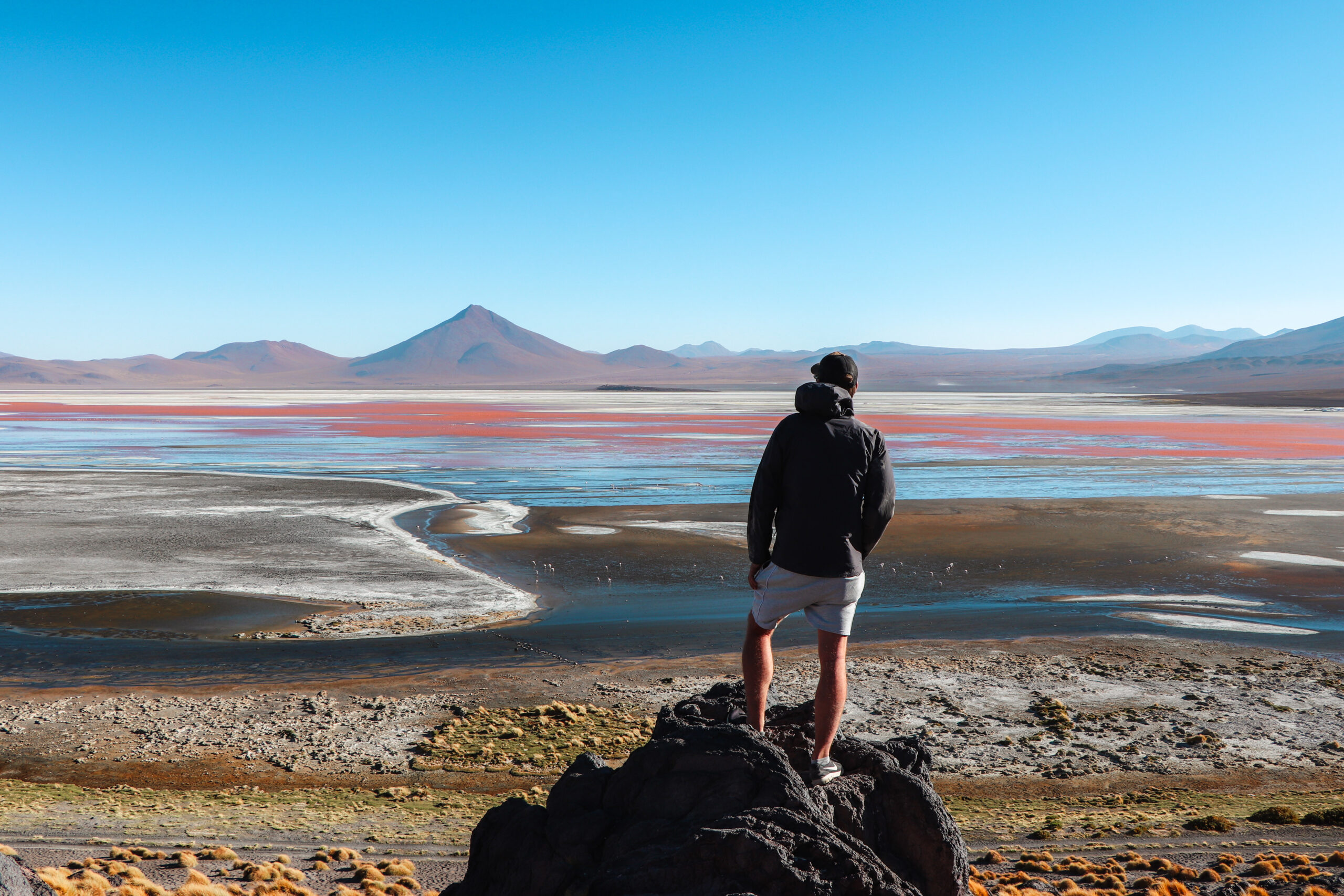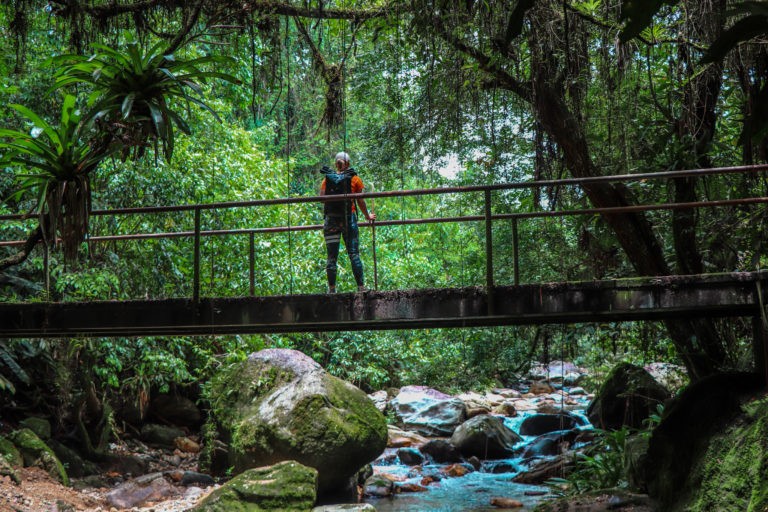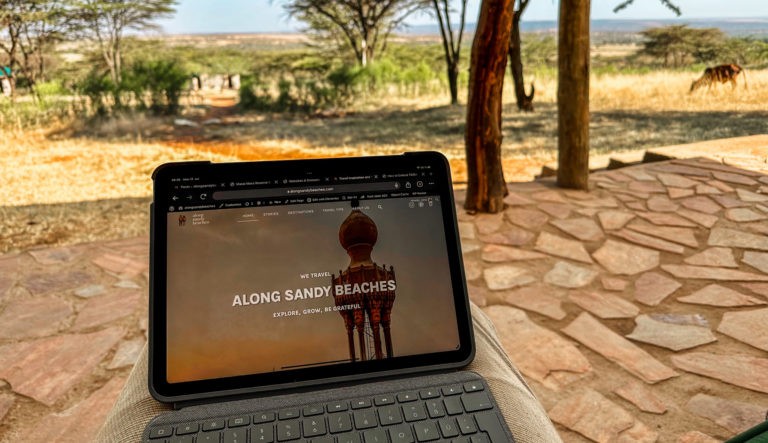There are so many things about Peru that are truly breathtaking. Think of hiking the Inca Trail to Machu Picchu, getting lost in the colonial streets of Lima, taking a plane into the Amazon rainforest in Iquitos, or watching a sunset in the desert Oasis in Huacachina. All those things, and more, we did when we were backpacking through Peru. Till today, we still look back to what we think were some of our absolute travel highlights.
But there is one more breathtaking thing that isn’t fun at all – getting sick of the high altitudes in Peru. With this article, we want to talk about how to avoid and cope with any symptoms of altitude sickness and tell you a little bit about our own experiences in the highlands of Peru.
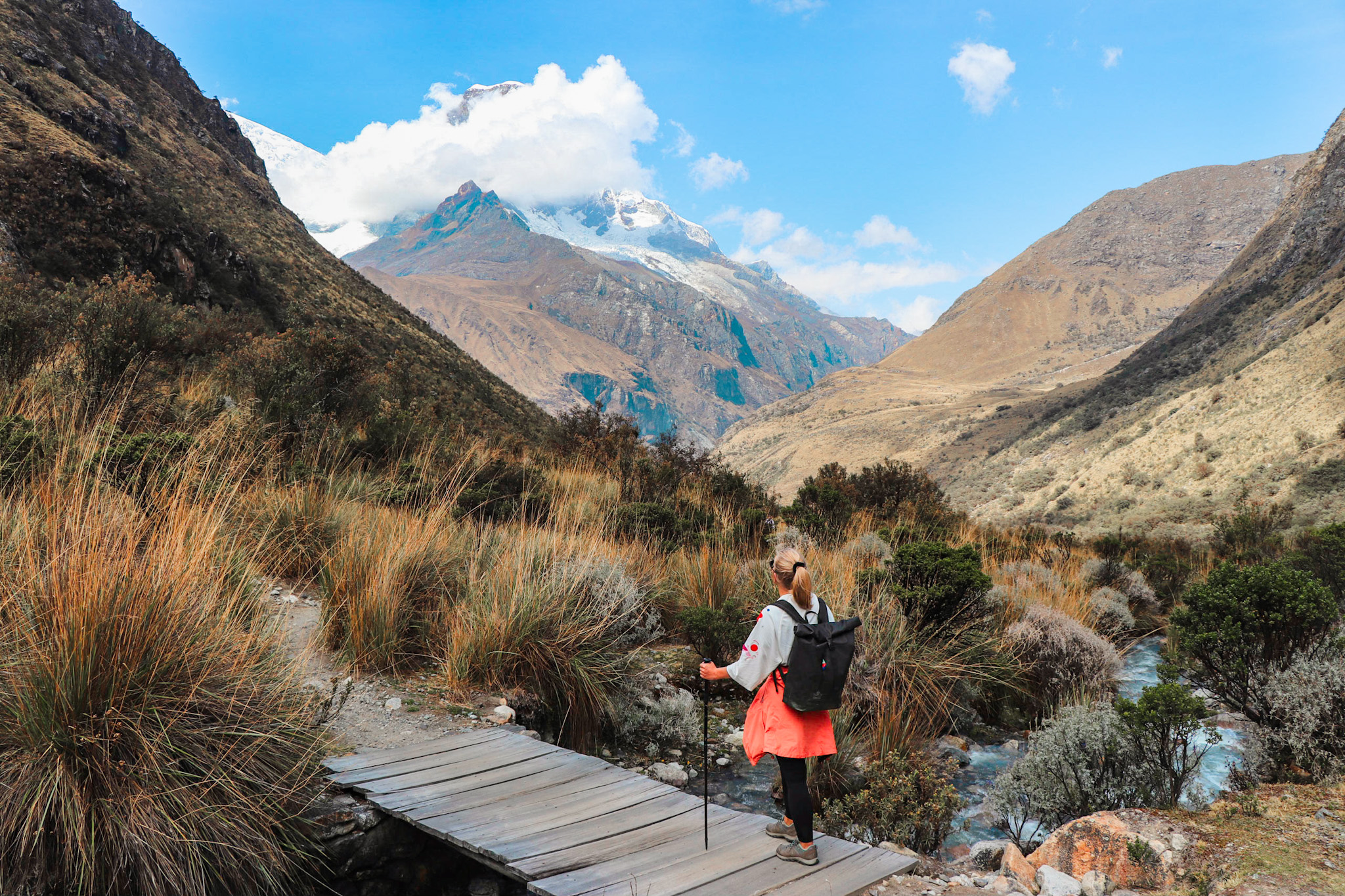
Why is altitude sickness a thing in Peru?
Altitude sickness is a condition that normally occurs at altitudes higher than 2,500 meters (8,202 feet), usually due to lower oxygen levels. What influences getting sick of altitudes the most is how our body reacts to the new environment. The primary cause of altitude sickness is climbing to high elevations too quickly, without allowing your body to adapt (source).
The reason why people are often suffering from altitude sickness in Peru is because of the generally high elevations in the country. Many popular tourist destinations in Peru are located well above 3,000 meters (9,843 feet) AMSL, an altitude most foreigners are not acclimated to. A walk through Cusco town almost compares to standing on the peak of Mount Fuji at 3,776 meters (12,388 feet). That’s crazy!
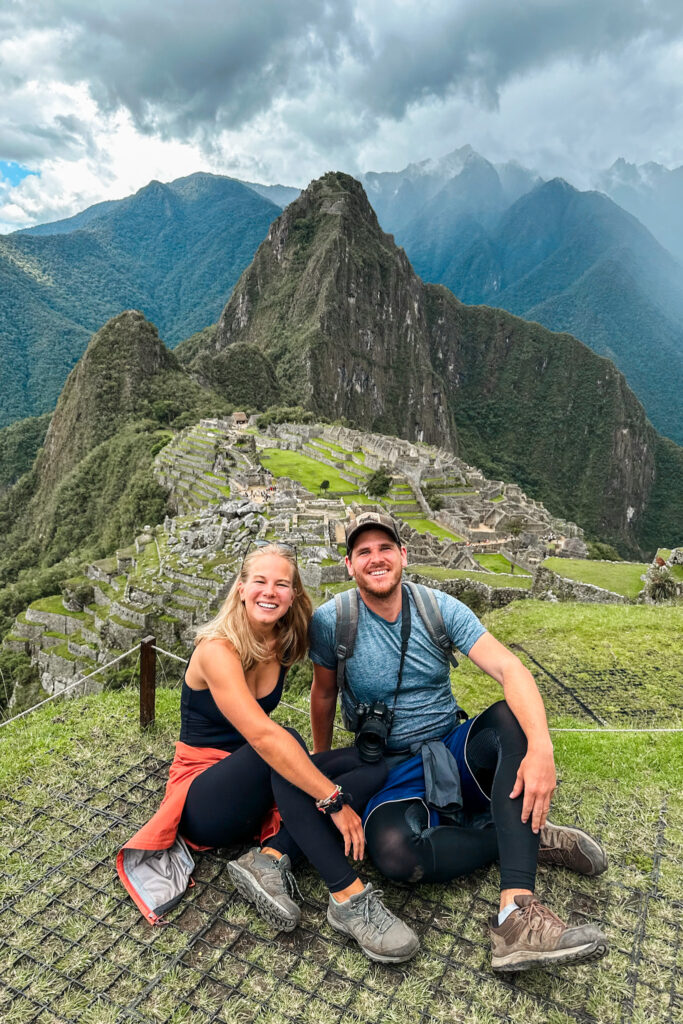
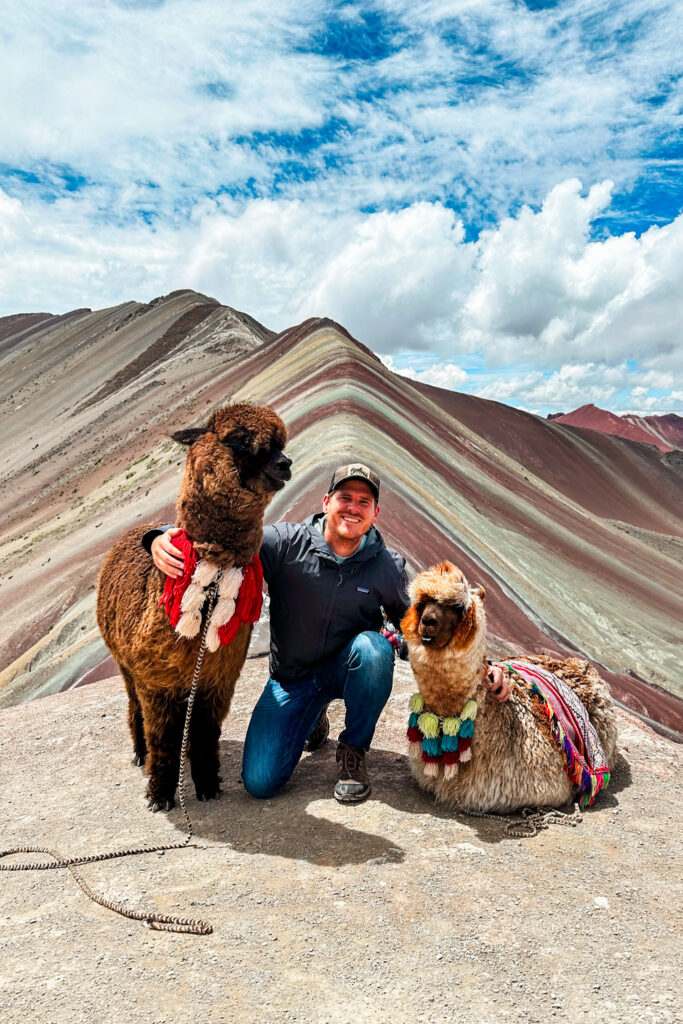
What are the symptoms of altitude sickness in Peru?
During your first days in Peru, you are likely to experience at least some mild symptoms of altitude sickness. Those symptoms often don’t develop immediately, but are likely to develop over the first hours at high altitude.
This was our experience, as well as that of many other travelers we met. While each person’s body reacts differently, it is important to understand that severe cases can lead to serious complications (source).
Recognizing the symptoms early is crucial to take appropriate action. In most cases, however, they usually subside within the first hours, while the acclimatization of your body can take three to five days (source).
The most common symptoms of altitude sickness are:
- Shortness of breath
- Heavy breathing
- Headaches
- Dehydration
- Difficulties falling and staying asleep
- Weakness and tiredness
- Loss of appetite

We definitely felt the thinner air in the Andes, becoming breathless more quickly and frequently getting headaches due to not being used to drinking so much water. Fortunately, though, our symptoms were rather mild and improved within a few days of acclimatization.
This is the case for most tourists. It’s important to take care of yourself and not to push yourself too hard, such as by continuing to climb while feeling sick.
If you feel the need for professional help, don’t hesitate to seek medical assistance. Remember, while we can share our experiences, only a doctor can provide you with reliable medical advice.
How to avoid getting altitude sickness in Peru?
Now we have talked about why altitude sickness can change your Peru trip for the worse, let’s talk about how we can minimize the risk of getting it. We’ve learned a lot of tricks from the locals but also did some thorough research ourselves.
Here are our 7 best tips to cure altitude sickness and have an enjoyable time in Peru:
1. Plan for high altitudes
The most important tip to avoid getting altitude sickness already starts at home. As you plan your trip, research the altitudes of your destinations and plan your itinerary to gradually increase your elevation. For example, instead of flying from Lima directly to Cusco, consider breaking up your journey to Cusco with a stop in the charming “White City” of Arequipa. This delightful city sits at a lower altitude than Cusco, allowing your body to gradually acclimatize. For an even smoother transition, opt for a bus ride. However, if time constraints require flying directly to Cusco, plan to spend your initial days exploring the Sacred Valley or Machu Picchu. These destinations are on a lower elevation, easing you into Cusco’s altitude.
Also, plan for your first stay in the highlands of Peru a minimum of one day of acclimatization. You’ll not only have a better and more relaxed start to your holiday in Peru but also have enough flexibility in case you or your travel buddy suffers from severe symptoms.
Relevant Reading

2. Take it slow for a day or two
This goes without saying. Don’t overdo it on day one: Believe us, your body will thank you later.
Even if you don’t feel any symptoms of altitude sickness right away, your body needs to adjust to the thinner air and lower oxygen levels. We met so many tourists on the first day of conquering the Salkantay trek to Machu Picchu who suffered badly because they had just flown to Cusco the day before.
Take it slowly and prioritize rest over exploration. Consider taking buses over walking long distances and limit yourself to a few hours of exploring the neighborhood. We can’t emphasize enough to skip any serious hikes or exercises for your first day.

3. Drink a lot of water
We don’t know about you, but we often miss drinking enough until it’s too late. Especially when hiking, or on a hot and sunny day. As we’ve painfully learned, staying hydrated is particularly important when at high altitudes.
Headaches were the most common symptom of altitude sickness we experienced while traveling in Peru. We quickly realized they were due to dehydration. Don’t make the same mistake—drink plenty of water and then drink a little more.
Another good idea is to bring electrolytes to help water absorption within the body. We bought some before embarking on a multi-day trek. And while we don’t know how much they helped to avoid altitude sickness, they were true life savers in curing our sore muscles and keeping us energized.
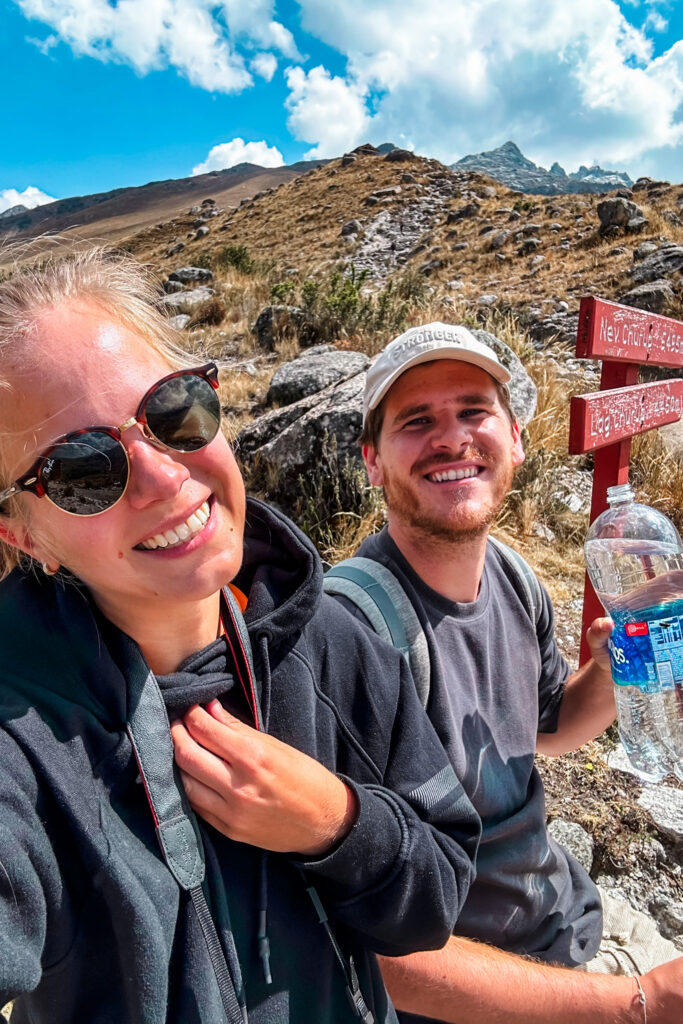
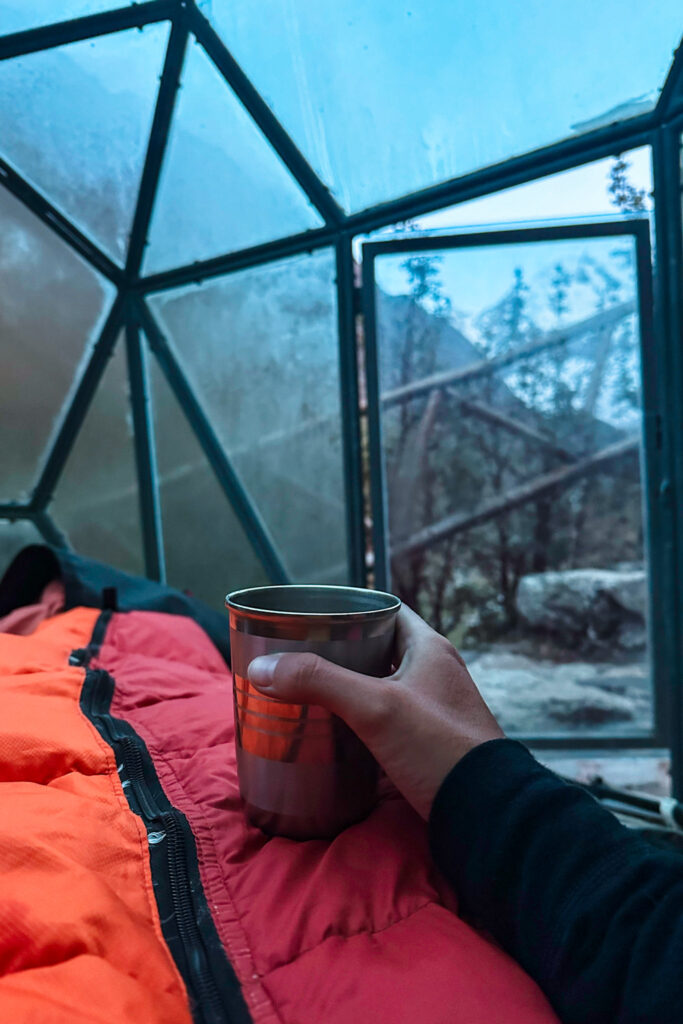
4. Eat healthy food
You are what you eat. No seriously, when talking about altitude sickness, being mindful of what you eat is paramount. We know, it can be challenging in Peru, but if you’re traveling along the common tourist path, you’ll always find a good healthy alternative.
Concentrate on eating lots of fruits, vegetables, whole grains, lean proteins like chicken or fish, and foods with potassium like bananas and potatoes to stay healthy and energized at high altitudes. The perfect meal against altitude sickness is soup. Peruvian soups are super delicious and a healthy alternative to most of Peru’s fried dishes. Plus, it keeps you hydrated and warm. So, instead of Lomo Saltado, look for Caldo de Res, Chupe de Camarones, or Aguadito de Pollo.

5. Don’t drink alcohol
That might be a tough one for some. Alcohol is known to worsen symptoms of altitude sickness, being highly dehydrating. So, try to skip on your evening beer, and Peru’s delicious Pisco Sour – at least on your first evening.
Relevant Reading
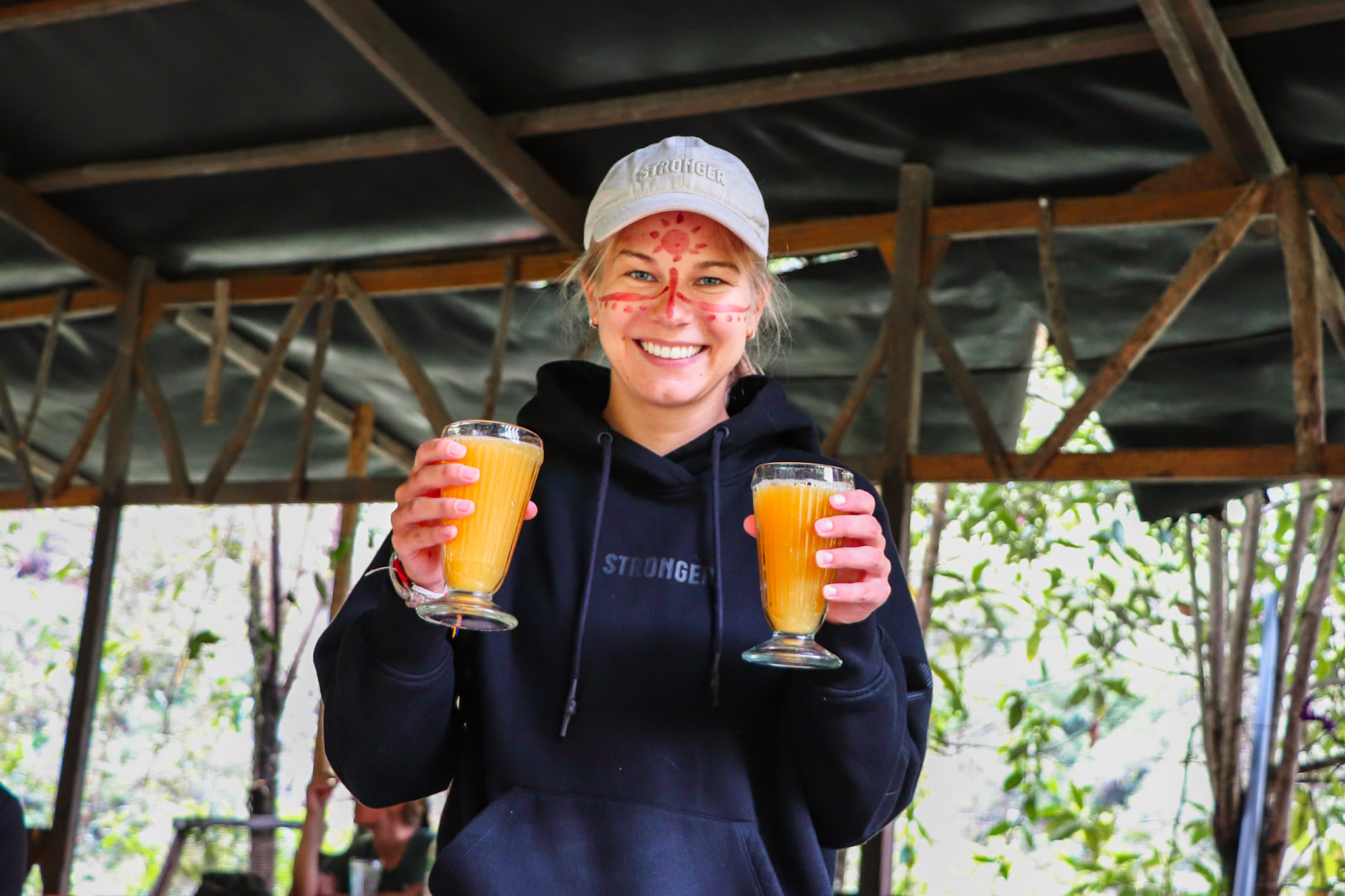
6. Listen to the locals
Nobody knows it better than the locals. They do have some secret weapons against altitude sickness in Peru. Most swear on chewing coca leaves, drinking coca tea, and eating coca candies, others on applying a special perfume Agua de Florida in your hands and inhaling it. We tried them all. And while we’re no doctors, we believe it might have helped, even as only placebo. After all, we didn’t experience any serious symptoms during our strenuous treks in Huaraz, Colca Canyon and on Salkantay Trek.
Relevant Reading

7. Take medicine, but with caution
This may rather be the last resort if all other things won’t help to combat altitude sickness when traveling in Peru. We won’t go into much detail here, as this is a medical topic for which we don’t want to give any recommendations or advice.
We didn’t use any medication, except some painkillers against headaches. But there are some medications that you can take to cure altitude sickness. Some of them are prescriptive, so please discuss them with your doctor first and better focus on the other tips we’ve shared earlier.
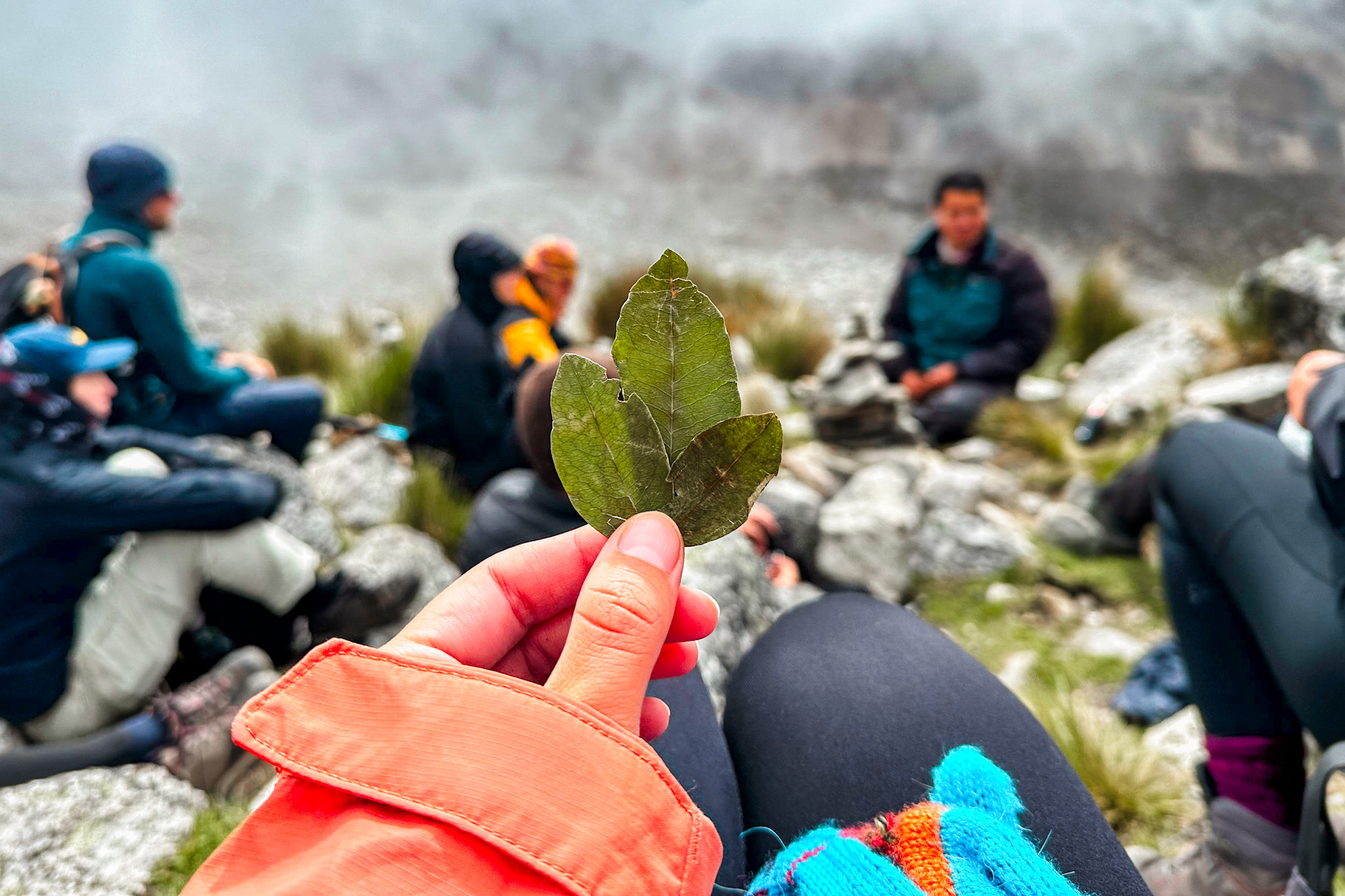
Thanks for reading our tips to combat altitude sickness when traveling to Peru. We’d love to hear your feedback from your trips and regularly update this post as we climb to new heights.
After all, don’t get discouraged by the fact that altitude sickness exists. Peru was one of the most beautiful and diverse countries we have visited in South America. If you want to remind yourself why you are planning to travel to Peru, make sure to check out our Peru travel page, or directly jump to our relevant articles about the most popular cities: Lima, Paracas, Arequipa, Huacachina, Nazca, Iquitos, or Puno.

